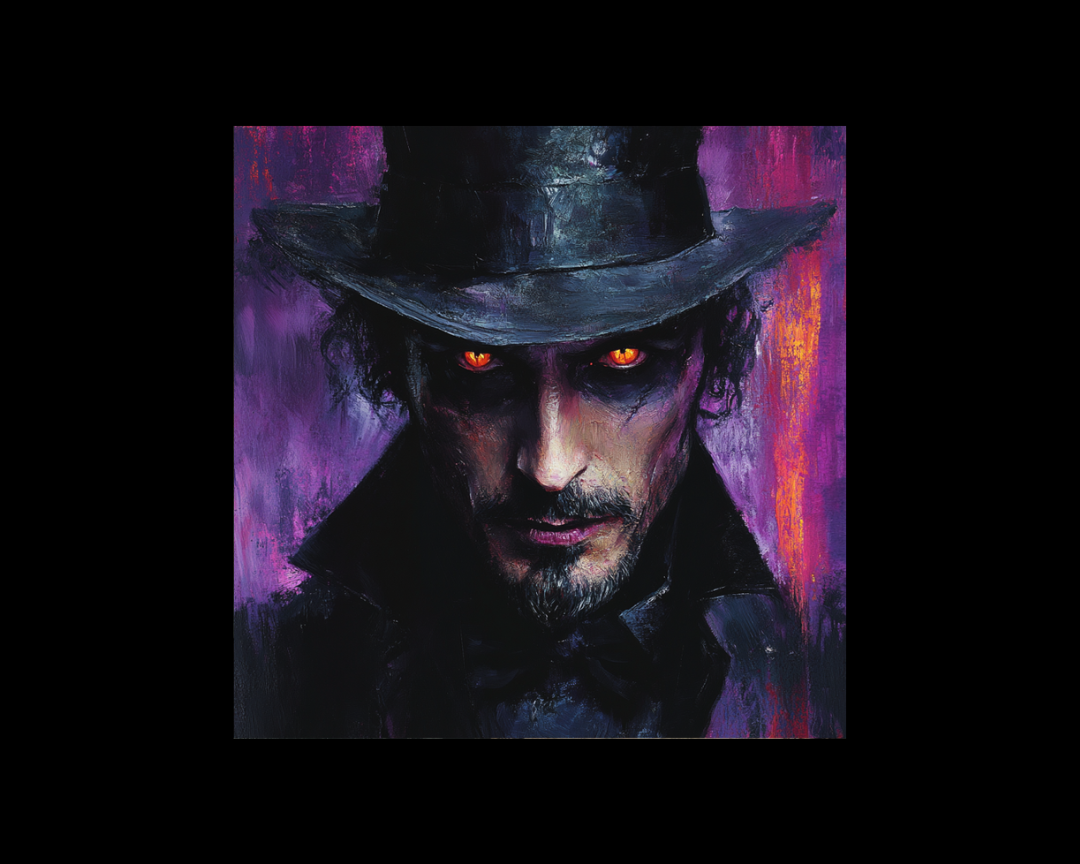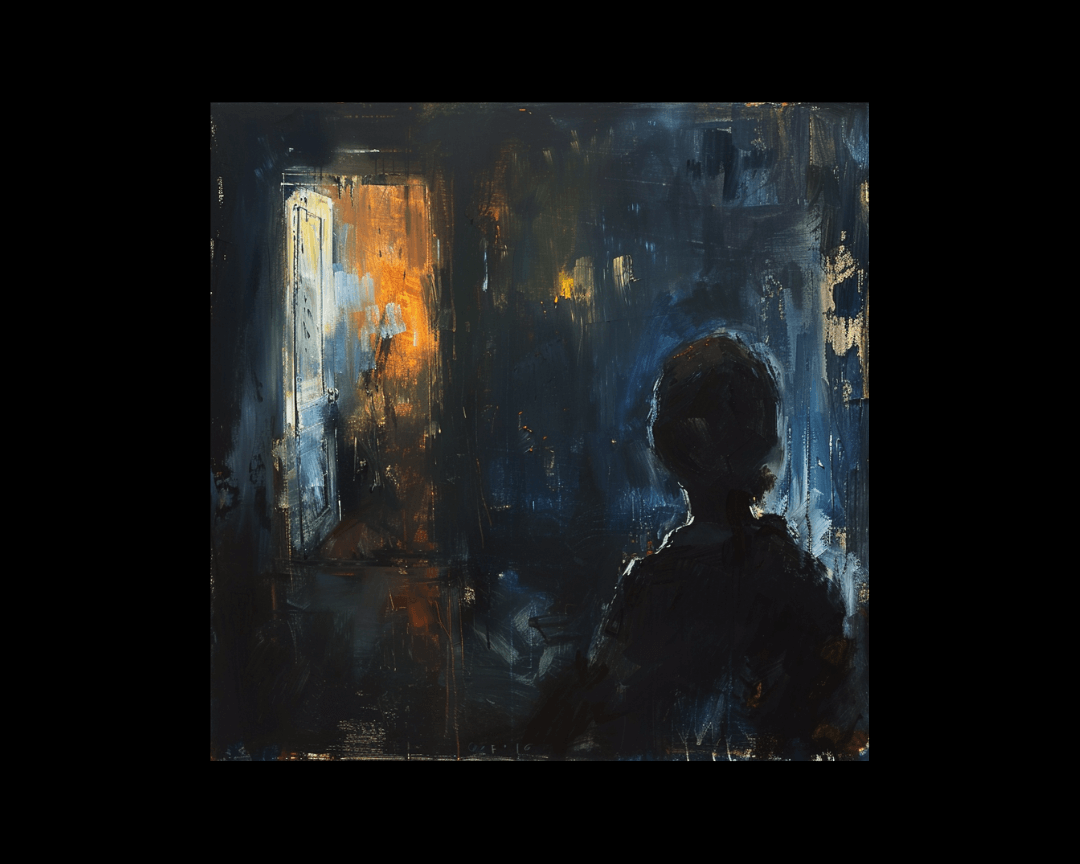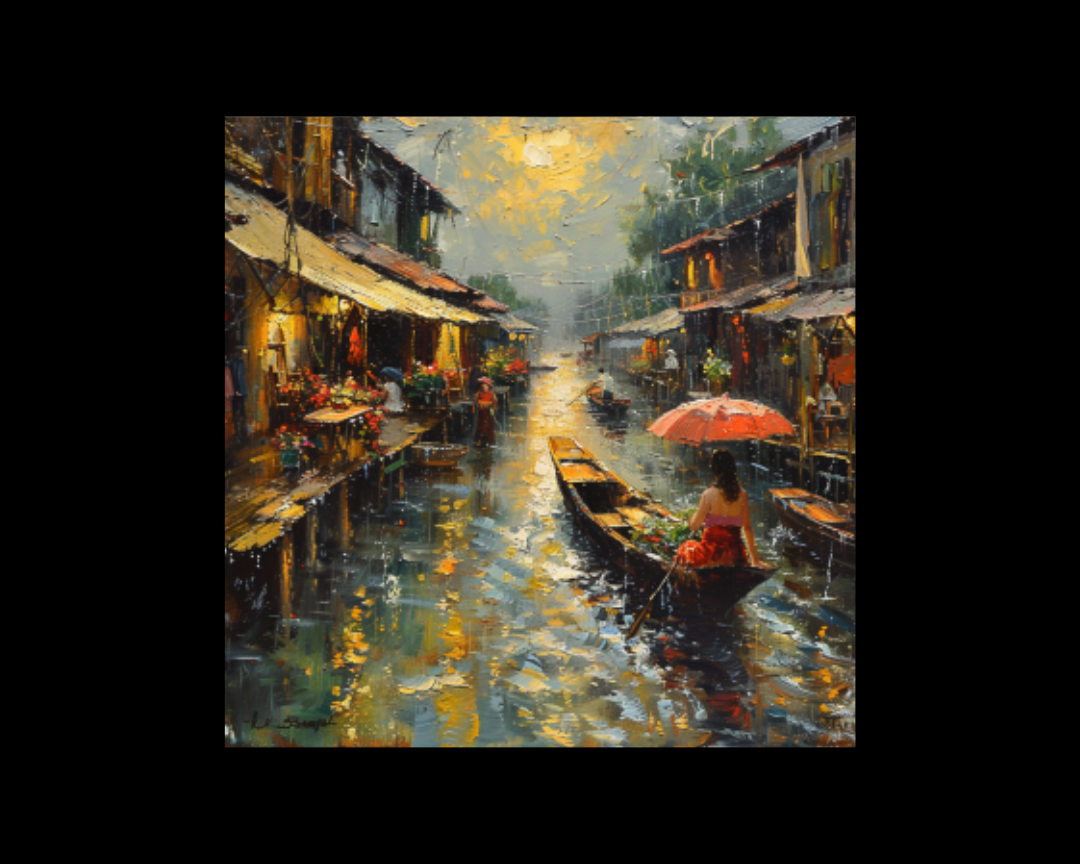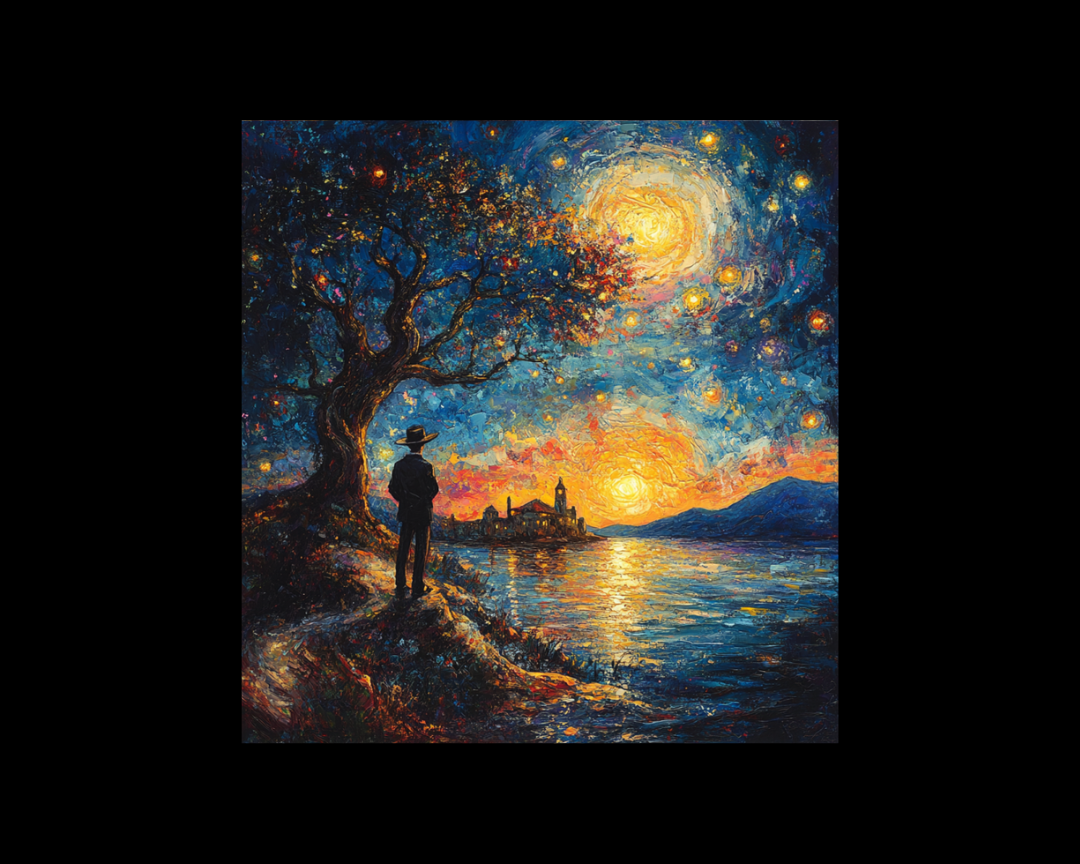The Descent into Darkness: Crafting Negative Character Arcs
The Challenge and the RewardIn storytelling, the protagonist's journey often takes center stage. Readers watch, transfixed, as characters navigate...

One of the great pleasures of fiction is its power to transport us into the shadowy corners of human nature—safely. We peer into minds we wouldn’t meet in real life, walk through scenes we’d avoid at all costs, and consider choices far outside our own moral code. But for writers, especially those working in crime, suspense, or psychological fiction, the question arises: how far is too far?
Is there a point where darkness becomes gratuitous? Are there topics or portrayals that should be off-limits, or is everything fair game—so long as it’s handled well?
From childhood, many of us are drawn to the frightening and the strange. Classic tales like Jane Eyre offer haunted attics and madness, while the original Grimm’s fairy tales are practically horror stories wrapped in folklore. Even beloved children’s films like Bambi and The Lion King contain death and grief.
This fascination doesn’t fade as we grow. If anything, it deepens. Adult readers willingly seek out serial killers, sociopaths, toxic lovers, and crimes of the most disturbing kind. Why? Because fiction lets us safely explore human extremes. It offers empathy, catharsis, and understanding. It answers—or at least asks—the question: what would I do in that situation?
While fiction allows us to explore anything, readers have their limits. And those limits are highly personal. One person might devour a true-crime-inspired novel with gory details; another may find it unbearable.
Some common boundaries include:
Harm to children or animals
Graphic sexual violence
Incest and pedophilia
Gratuitous abuse without narrative purpose
As a writer, you’re not expected to please everyone. But if your work crosses certain lines, be prepared for pushback from agents, editors, and readers. The key isn't avoidance—it's intention. Darkness must serve the story, not exist for shock value alone.
In psychological thrillers and crime fiction, it's often the characters themselves who drive the darkness. The appeal lies not in their virtue, but in their complexity.
Think of:
Tom Ripley in The Talented Mr. Ripley – a charming sociopath
Hannibal Lecter in The Silence of the Lambs – a brilliant, cultured cannibal
Amy Dunne in Gone Girl – manipulative, cold, unforgettable
These characters aren’t likable, but they’re fascinating. Readers are drawn to them not because they admire them, but because they want to understand them. Fiction gives us space to walk in their shoes—without risk.
Publishing professionals often warn against using certain themes unless they’re central to your story and handled with care. Topics like sexual violence, incest, and suicide need to be explored responsibly. Not to sanitize the darkness, but to avoid using it as a cheap narrative shortcut.
As one editor from The Novelry put it: “If you're writing about something controversial, ask yourself why. Is it necessary for the story—or are you reaching for easy drama?”
Books like Lolita and American Psycho pushed boundaries in their time—but even those texts face renewed scrutiny in today’s publishing climate.
Who gets to tell certain stories? It’s a question that continues to stir debate in publishing. Rebecca F. Kuang’s bestselling novel Yellowface dives directly into this controversy, satirizing the industry while exploring issues of race, authorship, and identity theft.
While the conversation continues, many writers agree that what matters most is execution. If you write beyond your lived experience, do so with care, humility, and a willingness to listen.
One powerful trend in modern suspense fiction is the rise of the morally complex female lead. Gone are the days when female characters had to be “relatable” or “likable.” Now, they’re angry, bold, flawed—and readers can’t get enough.
In Bella Mackie’s How to Kill Your Family, we follow a protagonist unapologetically seeking revenge. Books like these subvert expectations and push boundaries around femininity and power, which adds a thrilling layer of social commentary to the suspense.
How dark you can go often depends on your genre:
Cozy crime relies on charm and resolution, but still hints at darkness beneath the surface (The Alperton Angels by Janice Hallett).
Destination thrillers often contrast idyllic settings with dark consequences (The Guest List by Lucy Foley, The Beach Party by Nikki Smith).
Nordic noir dives deep into bleakness, often exploring the psychological and social underpinnings of violence (The Girl with the Dragon Tattoo by Stieg Larsson, The Snowman by Jo Nesbo).
Each subgenre has its own tolerance level, but readers across the board are showing they can handle more darkness—as long as it’s delivered with emotional depth and narrative purpose.
How dark should your story be? As dark as it needs to be to tell the truth of your characters and your world. Don’t censor yourself unnecessarily, but be thoughtful. Write boldly, but know why you’re choosing to walk through shadow instead of light.
And if you want to keep a reader like me on board? Please, leave the dog alone.

The Challenge and the RewardIn storytelling, the protagonist's journey often takes center stage. Readers watch, transfixed, as characters navigate...

Bangsian fantasy is a unique sub-genre of fantasy literature named after John Kendrick Bangs, an American author who popularized this style in the...

A well-crafted setting isn't merely a stage where characters perform—it's the air they breathe, the ground they walk on, the very reality that shapes...